Home>Home Maintenance>How To Find Drainage Tile From The House
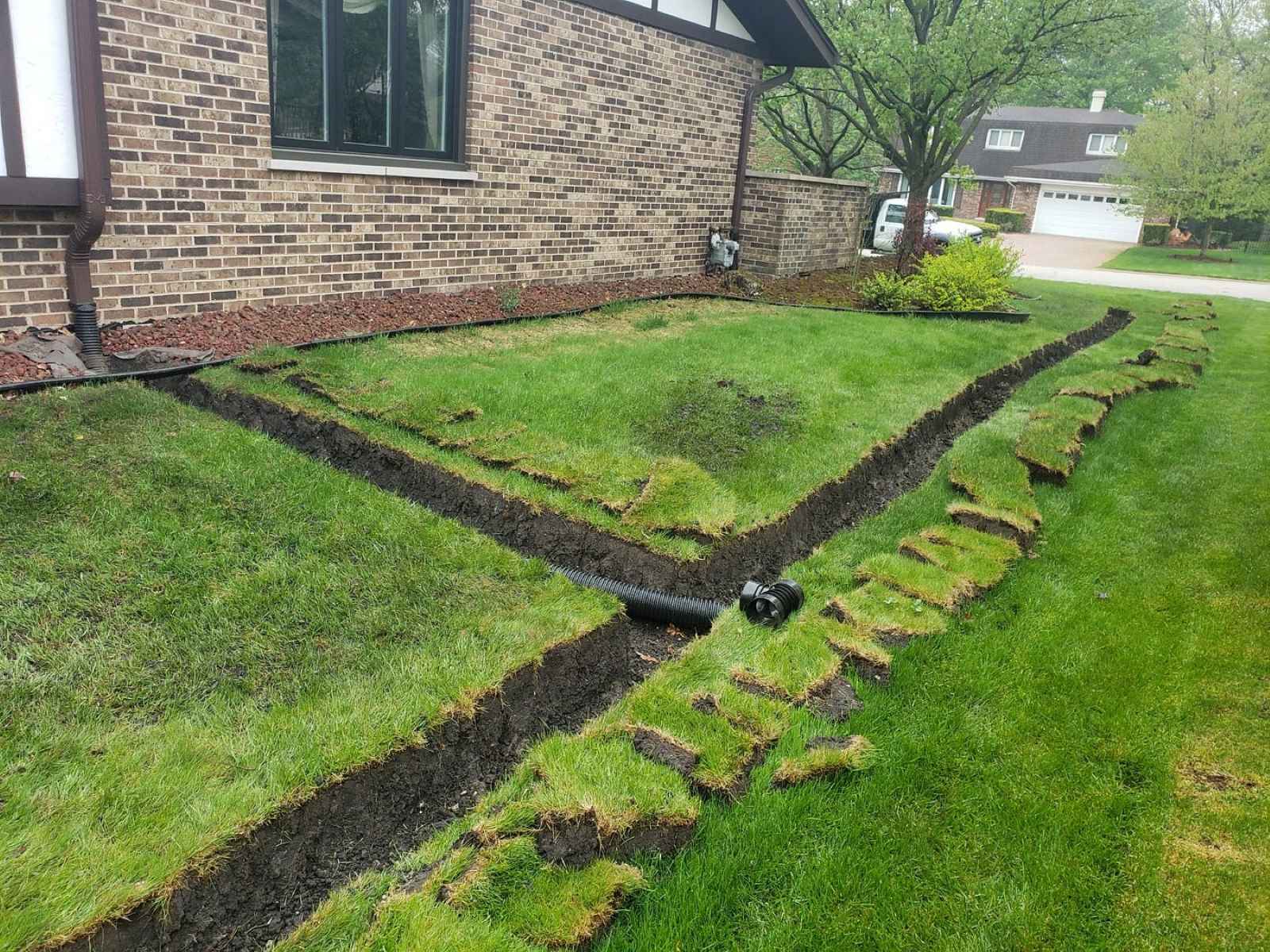

Home Maintenance
How To Find Drainage Tile From The House
Modified: March 7, 2024
Learn how to find drainage tile from your house with this comprehensive guide on home maintenance. Ensure proper water drainage and prevent costly repairs.
(Many of the links in this article redirect to a specific reviewed product. Your purchase of these products through affiliate links helps to generate commission for Storables.com, at no extra cost. Learn more)
Introduction
Welcome to our comprehensive guide on how to find drainage tile from the house. As a homeowner, it’s crucial to have a good understanding of your home’s drainage system. Proper drainage is essential for preventing water damage, basement flooding, and soil erosion around the foundation of your house. If you suspect that your drainage tile might be damaged or blocked, it’s important to locate it accurately to carry out any necessary repairs or maintenance.
In this article, we will walk you through the process of identifying and finding the drainage tile from your house. We will provide you with step-by-step instructions, along with alternative methods that you can explore. Whether you’re a seasoned DIY enthusiast or a homeowner looking to gain some knowledge on home maintenance, this guide is for you.
Understanding where your drainage tile is located and how it functions is the first step in proper maintenance. Drainage tiles, also known as French drains or weeping tiles, are buried pipes that collect and redirect excess groundwater away from your property. They act as a crucial component of your home’s waterproofing system, preventing damage and maintaining the structural integrity of your foundation.
Identifying the exit point of the drainage tile is vital before you start searching for it. This will give you a starting point and help you narrow down the search area. The exit point is typically located downhill from your house and could be a storm drain, a dry well, or simply an area where the water is directed away from your foundation.
Once you have a clear understanding of the location of the exit point, you can start the process of finding the drainage tile from your house. Don’t worry; it’s not as challenging as it may seem. With the right tools and a systematic approach, you’ll be able to locate the drainage tile and carry out any necessary repairs or maintenance to keep your home safe and dry.
Key Takeaways:
- To prevent water damage and maintain a strong foundation, homeowners should locate their drainage tile by identifying the exit point and using tools like a shovel, garden hose, and metal detector.
- If traditional methods fail, consider alternative approaches like consulting property records, hiring professionals, or using ground-penetrating radar to accurately locate the drainage tile and ensure efficient water drainage.
Read more: How To Find Drainage Plans For My House
Understanding Drainage Tile
Before we delve into the process of finding drainage tile from the house, it’s essential to understand what drainage tile is and how it functions. Drainage tile, also known as French drains or weeping tiles, is a system of buried pipes that are designed to redirect excess groundwater away from your property.
The primary purpose of drainage tile is to prevent water from pooling around the foundation of your house. When it rains or when the groundwater level rises, the water seeps into the ground. If there is excessive water accumulation around your foundation, it can lead to various issues such as basement flooding, water damage, and even structural damage.
The drainage tile system helps to alleviate these problems by collecting the excess water and guiding it away from your home. The pipes are typically made of perforated plastic or clay material that allows water to enter. They are installed in a sloping position to naturally facilitate the flow of water.
The drainage tile system starts from a collection point, usually located at the lowest end of your property, and runs along the perimeter of your home’s foundation. The collected water then flows through the pipes and is eventually discharged at an exit point, which can be a storm drain, a dry well, or a designated runoff area.
By directing the water away from your foundation, the drainage tile system helps to prevent water from seeping into your basement or causing damage to the structure of your home. It also helps to maintain the integrity of the surrounding soil by preventing erosion.
It’s important to note that the drainage tile system is different from your home’s plumbing system. The plumbing system handles your household wastewater, while the drainage tile system deals specifically with excess groundwater.
Now that you have a basic understanding of drainage tile and its purpose, let’s move on to identifying the exit point to help you locate the drainage tile from your house.
Identifying the Exit Point of Drainage Tile
Before you can begin the process of locating the drainage tile from your house, it is crucial to identify the exit point of the drainage system. The exit point is the area where the collected water from the drainage tile is discharged.
Identifying the exit point is essential because it gives you a starting point to trace the path of the drainage tile and locate it accurately. It also helps you narrow down the search area, saving you time and effort.
Here are a few steps to help you identify the exit point of the drainage tile:
- Observe the landscape: Take a walk around your property and look for any visible signs of water flow. Look for areas where the water appears to be draining away from your house naturally. These areas could include storm drains, dry wells, or drainage channels.
- Check the property plan: If you have access to the original blueprint or property plan, review it to see if it indicates the location of the drainage system’s exit point. This can give you a clear idea of where to start your search.
- Inspect the downspouts: Examine the downspouts connected to your gutters. In some cases, the drainage tile might be connected to the downspouts, directing water away from the foundation. Follow the downspouts to see if they lead to a drainage system or if they discharge water towards a particular area.
- Look for surface water discharge: Keep an eye out for any areas of your property that consistently have surface water discharge. These may be areas where the drainage tile is connected to the surface, and the water is visibly discharged. Look for damp or saturated areas, especially after rainfall.
By following these steps, you should be able to locate the exit point of the drainage tile system. Once you have identified the exit point, you can proceed to the next step, which is finding the drainage tile from your house.
Finding the Drainage Tile from the House
Now that you have identified the exit point of the drainage tile system, it’s time to find the drainage tile from your house. Follow these steps to locate the drainage tile accurately:
- Prepare the necessary tools and materials: Before you begin, gather the tools and materials you will need for the task. These may include a shovel, a garden hose, a metal detector (optional), and some marking flags or tape.
- Start at the exit point: Begin your search at the exit point that you identified earlier. From there, work your way towards the foundation of your house. The drainage tile usually runs along the perimeter of your home.
- Look for signs of excavation: Look for any signs of disturbance in the soil, such as areas where the ground appears to be freshly dug or where the grass or vegetation is different from the surrounding area. This can indicate the presence of the drainage tile beneath the surface.
- Use a metal detector: If you have a metal detector, you can use it to assist in locating the drainage tile. Run the metal detector along the ground, focusing on the area closest to the foundation. The metal detector will detect any metallic objects, like the drainage tile or its fittings.
- Use a garden hose: Another method to locate the drainage tile is by using a garden hose. Turn on the water and carefully walk around the perimeter of your house, holding the hose close to the ground. As you move, pay attention to any areas where the water seems to disappear into the ground. This can be an indication that the water is entering the drainage tile.
- Make visual inspections: Inspect the exterior of your house for any visible openings or access points that may lead to the drainage tile. Look for any vent caps, cleanouts, or pipe exits above the ground near the foundation.
- Mark the location: As you come across potential spots where the drainage tile may be located, use marking flags or tape to mark the areas. This will help you keep track of the path of the drainage tile and make it easier for future reference.
By following these steps and diligently searching for signs of the drainage tile, you should be able to locate it from your house. Remember to exercise caution while digging or excavating, and be mindful of any underground utilities that may be present.
If, after your best efforts, you’re still unable to locate the drainage tile, it may be wise to consult with a professional plumber or drainage specialist who can use advanced techniques and equipment to locate the tile for you.
Look for the lowest point in your yard, as this is likely where the drainage tile will be located. You can also look for signs of water pooling or wet spots, which can indicate the location of the tile.
Tools and Materials Needed
When it comes to finding the drainage tile from your house, having the right tools and materials can make the process much easier and efficient. Here’s a list of essential tools and materials you will need:
- Shovel: A sturdy shovel is a must-have tool for digging and excavating the soil around your house. Choose a shovel with a comfortable grip and a strong blade that can handle the task.
- Garden hose: A garden hose with a nozzle attachment will be useful for using the water method to locate the drainage tile. Opt for a hose with good water pressure and length to reach all the areas around your home.
- Metal detector (optional): While not essential, a metal detector can be handy if you want to detect any metallic objects associated with the drainage tile, such as fittings or access points. Make sure to follow the manufacturer’s instructions for proper use.
- Marking flags or tape: These items will help you mark the areas where you suspect the drainage tile is located as you progress in your search. Use bright-colored flags or tape for easy visibility.
- Protective gear: Whenever you’re working outdoors or handling tools, it’s essential to protect yourself. Wear gloves to protect your hands and sturdy footwear that provides good traction. If you’re digging extensively, consider wearing knee pads to cushion your knees.
While the list above covers the basic tools and materials needed, you may also require additional items depending on the specific conditions of your property. For instance, if you need to make repairs or access the drainage tile, you may need PVC pipe fittings, a pipe cutter, or advanced tools to open access points.
Before starting the project, take some time to assess your specific needs and gather all the necessary tools and materials. This will prevent unnecessary delays and ensure that you have everything you need to locate the drainage tile from your house effectively.
Remember to always prioritize safety during the process. Be cautious with sharp tools, stay hydrated, and take breaks as needed. If you encounter any difficulties or are unsure about any steps, consult with a professional or enlist the help of an experienced friend or neighbor.
Read more: Where Do I Find Each House Drainage
Step-by-Step Guide to Locate Drainage Tile
Locating the drainage tile from your house can be a straightforward process if you follow the right steps. Here is a step-by-step guide to help you locate the drainage tile accurately:
- Identify the exit point: Start by determining the exit point of the drainage tile system. This is the area where the collected water is discharged. It could be a storm drain, a dry well, or a designated runoff area. Knowing the exit point will give you a starting point for your search.
- Gather the necessary tools and materials: Before you begin, gather the tools and materials you will need, such as a shovel, a garden hose, a metal detector (optional), and marking flags or tape.
- Start at the exit point: Begin your search at the exit point and work your way towards the foundation of your house. The drainage tile typically runs along the perimeter of your home, so focus on that area.
- Look for signs of excavation: Keep an eye out for any signs of disturbance in the soil, such as freshly dug areas or differences in vegetation. These can indicate the presence of the drainage tile beneath the surface.
- Use a metal detector: If you have a metal detector, use it to scan the ground for any metallic objects associated with the drainage tile, such as fittings or access points.
- Utilize the garden hose method: Turn on the garden hose and walk along the perimeter of your house, holding the hose close to the ground. Watch for areas where the water seems to disappear into the ground, as this may indicate the location of the drainage tile.
- Make visual inspections: Check the exterior of your house for any visible openings or access points that may lead to the drainage tile, such as vent caps or cleanouts.
- Mark the location: As you come across potential spots where the drainage tile may be located, use marking flags or tape to mark the areas. This will help you keep track of the path of the drainage tile.
- Dig cautiously: If you have identified a particular area where the drainage tile is likely to be, start digging with a shovel. Take your time and proceed cautiously to avoid damaging the pipes or any other underground utilities.
- Follow the path: Once you have located a section of the drainage tile, follow its path by digging carefully along the perimeter of your house. Keep marking the areas as needed to ensure you stay on track.
- Continue until completion: Repeat the digging process and follow the path of the drainage tile until you have reached the desired area. Take note of any access points or potential areas for future maintenance or repairs.
Remember to exercise patience and caution throughout the process. If you encounter any challenges or are uncertain about any steps, don’t hesitate to seek professional assistance. With perseverance and the right approach, you will successfully locate the drainage tile from your house, enabling you to perform necessary repairs or maintenance to ensure efficient water drainage.
Alternative Methods to Locate Drainage Tile
If the traditional methods of locating the drainage tile from your house are not yielding the desired results, don’t worry. There are alternative methods you can explore to help you locate the drainage tile effectively. Here are a few alternative methods to consider:
- Consult property records: If you’re having difficulty finding the drainage tile, consider consulting property records or contacting the local municipality. They may have documents or plans that indicate the location of the drainage tile system, providing valuable insight for your search.
- Hire a professional utility locator: If you’re unsure about digging up your yard or want a more accurate and efficient approach, consider hiring a professional utility locator. These experts have specialized equipment that can detect and trace underground pipes, including the drainage tile. They will use advanced techniques to pinpoint the exact location of the drainage tile without causing unnecessary damage.
- Seek the help of a plumber or drainage specialist: If you’ve exhausted your efforts and are still unable to locate the drainage tile, it may be time to seek the assistance of a professional plumber or drainage specialist. They have the expertise and experience to identify and locate underground drainage systems. They may use video inspections or other advanced methods to locate the drainage tile and provide insights on any repairs or maintenance needed.
- Consider dye testing: Dye testing involves introducing a colored dye into your home’s plumbing system or downspouts connected to the drainage tile. The dye will travel through the drainage system, allowing you to track its path and locate any potential leaks or blockages.
- Use ground-penetrating radar (GPR): Ground-penetrating radar is a non-invasive method that uses electromagnetic waves to create a subsurface image. This technology can assist in locating underground structures, including drainage pipes. It can provide a more precise and comprehensive view of the location and depth of the drainage tile.
It’s important to note that some of these alternative methods may require professional assistance or specialized equipment. They may come at an additional cost, but they can provide a higher degree of accuracy and minimize any potential damage to your property.
Consider your specific circumstances, budget, and level of expertise when deciding on which alternative method to pursue. Remember, it’s always helpful to consult with professionals who can guide you in choosing the most appropriate method for locating the drainage tile from your house.
Conclusion
Congratulations! You have reached the end of our comprehensive guide on how to find drainage tile from the house. We hope this article has provided you with valuable insights and empowered you to locate and maintain your home’s drainage system effectively.
Understanding drainage tile and its role in preventing water damage and maintaining the structural integrity of your home is crucial. By identifying the exit point of the drainage system, you can narrow down your search area and begin the process of finding the drainage tile from your house.
We have provided you with step-by-step instructions on how to locate the drainage tile, including using traditional methods such as visual inspections, digging, and utilizing a garden hose. Additionally, we have highlighted alternative methods like consulting property records, hiring professionals, or using ground-penetrating radar for more accurate results.
Remember, safety should always be a priority during any maintenance or repair work. Take necessary precautions, follow the recommended steps, and seek professional help when needed. Accurately locating the drainage tile will enable you to carry out any necessary repairs or maintenance, ensuring proper water drainage around your home.
If you encounter challenges or uncertainties during the process, never hesitate to consult with professionals who can provide guidance and assistance. They have the expertise and tools to help you locate the drainage tile and overcome any obstacles along the way.
Maintaining your home’s drainage system is essential for protecting your property from water damage, basement flooding, and foundation issues. By regularly inspecting and maintaining the drainage tile, you can prevent costly repairs and keep your home safe and dry.
We hope this guide has been informative and valuable to you. Armed with the knowledge and understanding gained from this article, you are now equipped to confidently locate the drainage tile from your house and take the necessary steps to ensure a well-functioning drainage system.
Happy home maintenance!
Frequently Asked Questions about How To Find Drainage Tile From The House
Was this page helpful?
At Storables.com, we guarantee accurate and reliable information. Our content, validated by Expert Board Contributors, is crafted following stringent Editorial Policies. We're committed to providing you with well-researched, expert-backed insights for all your informational needs.
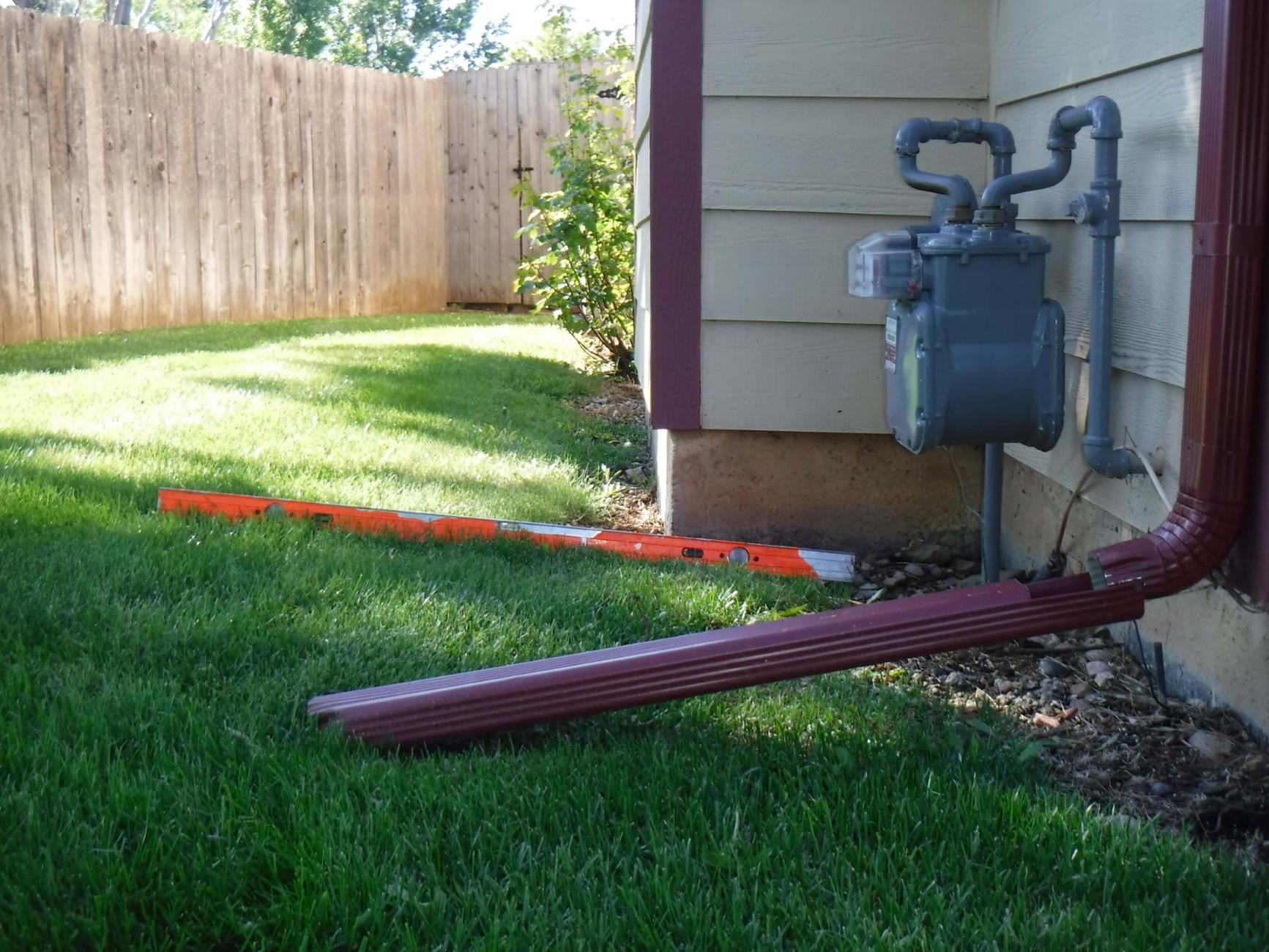
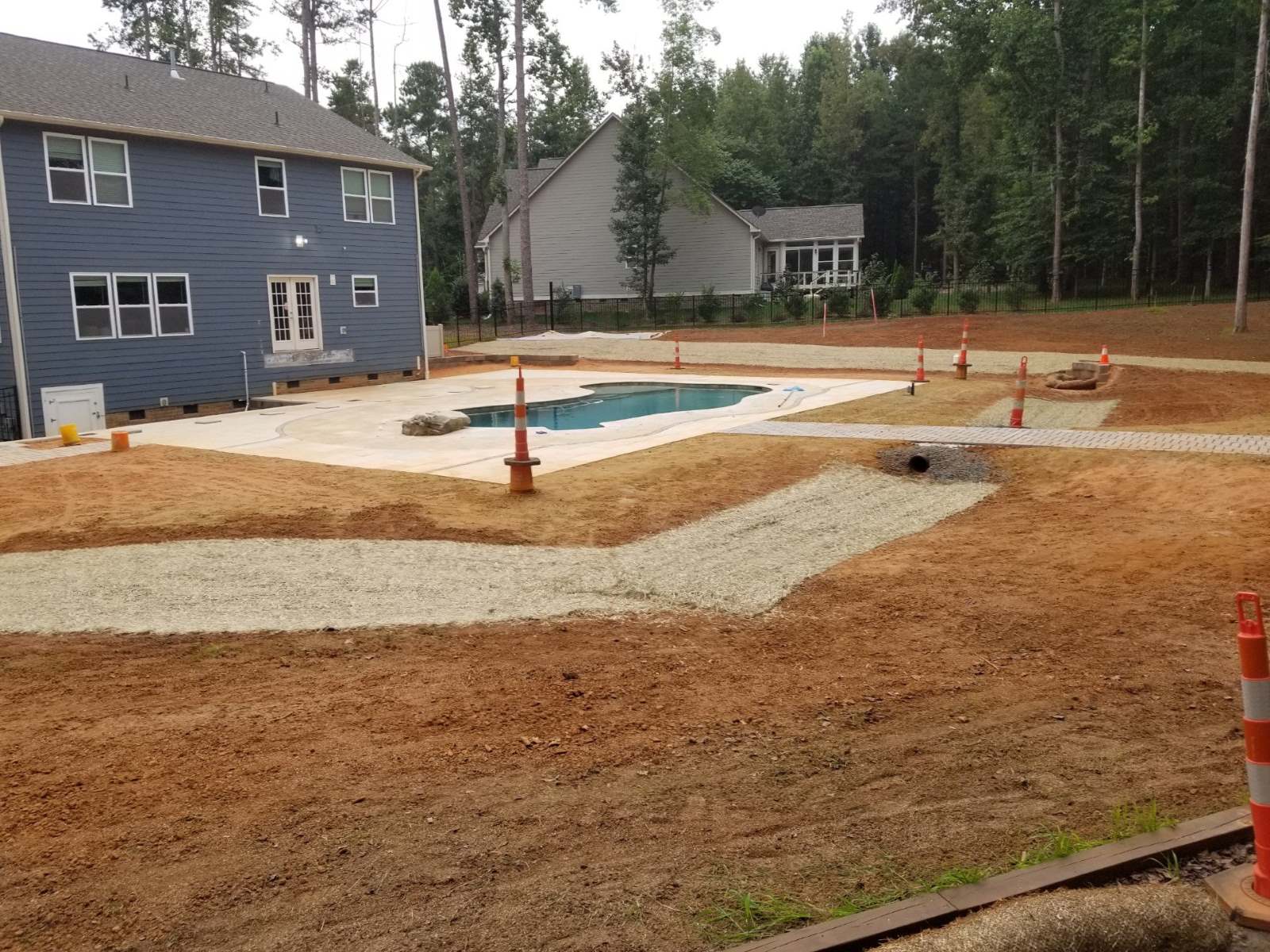
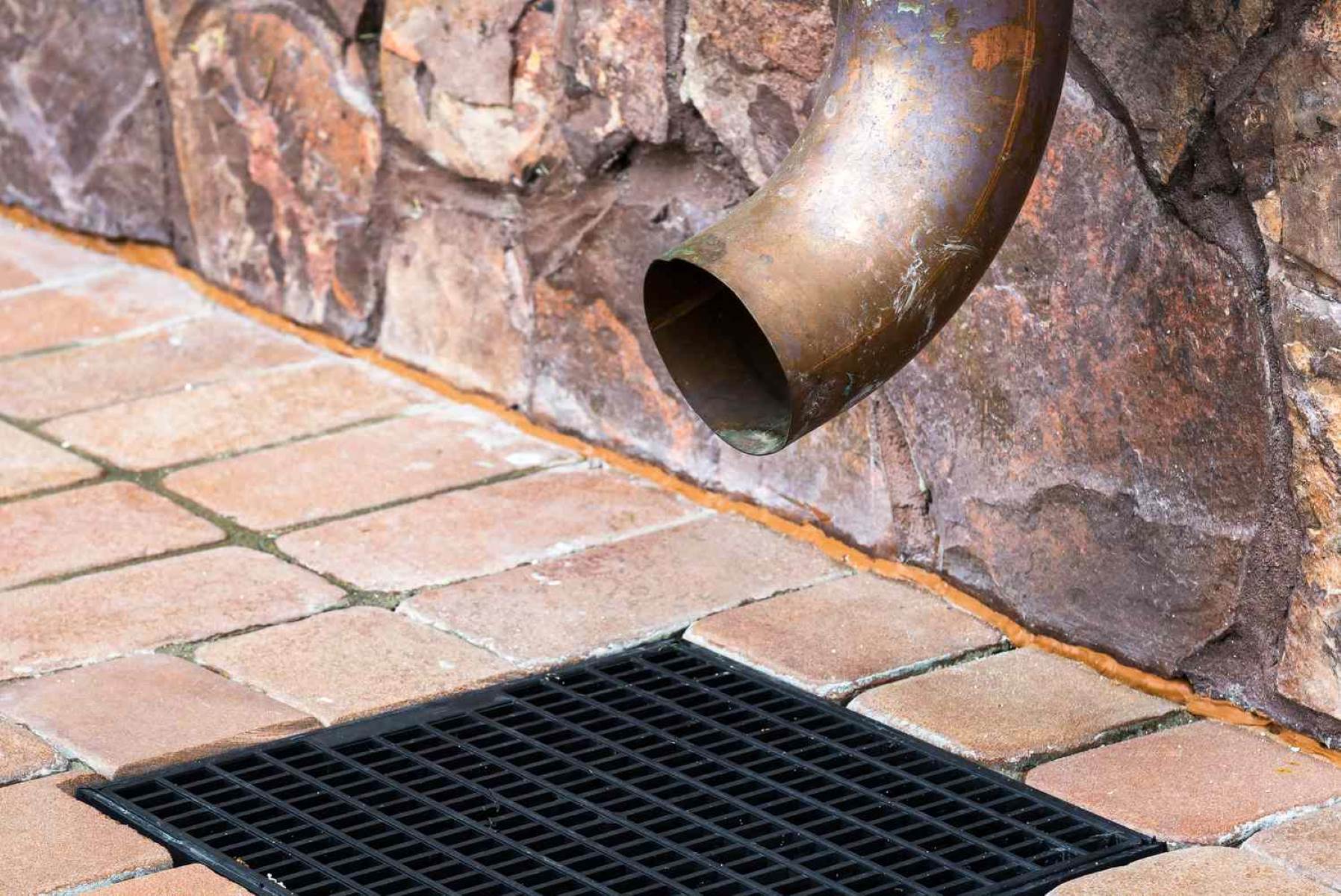
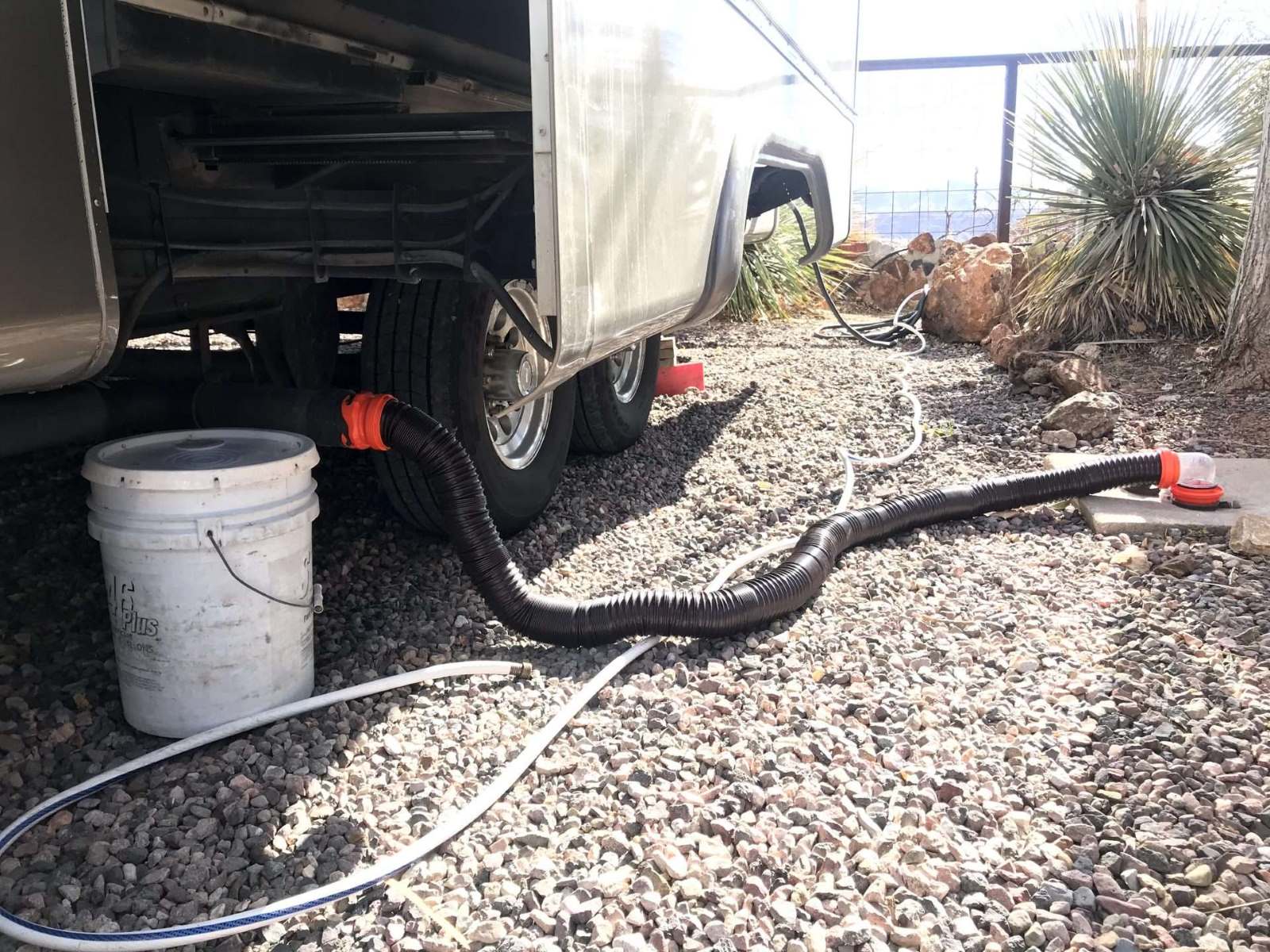
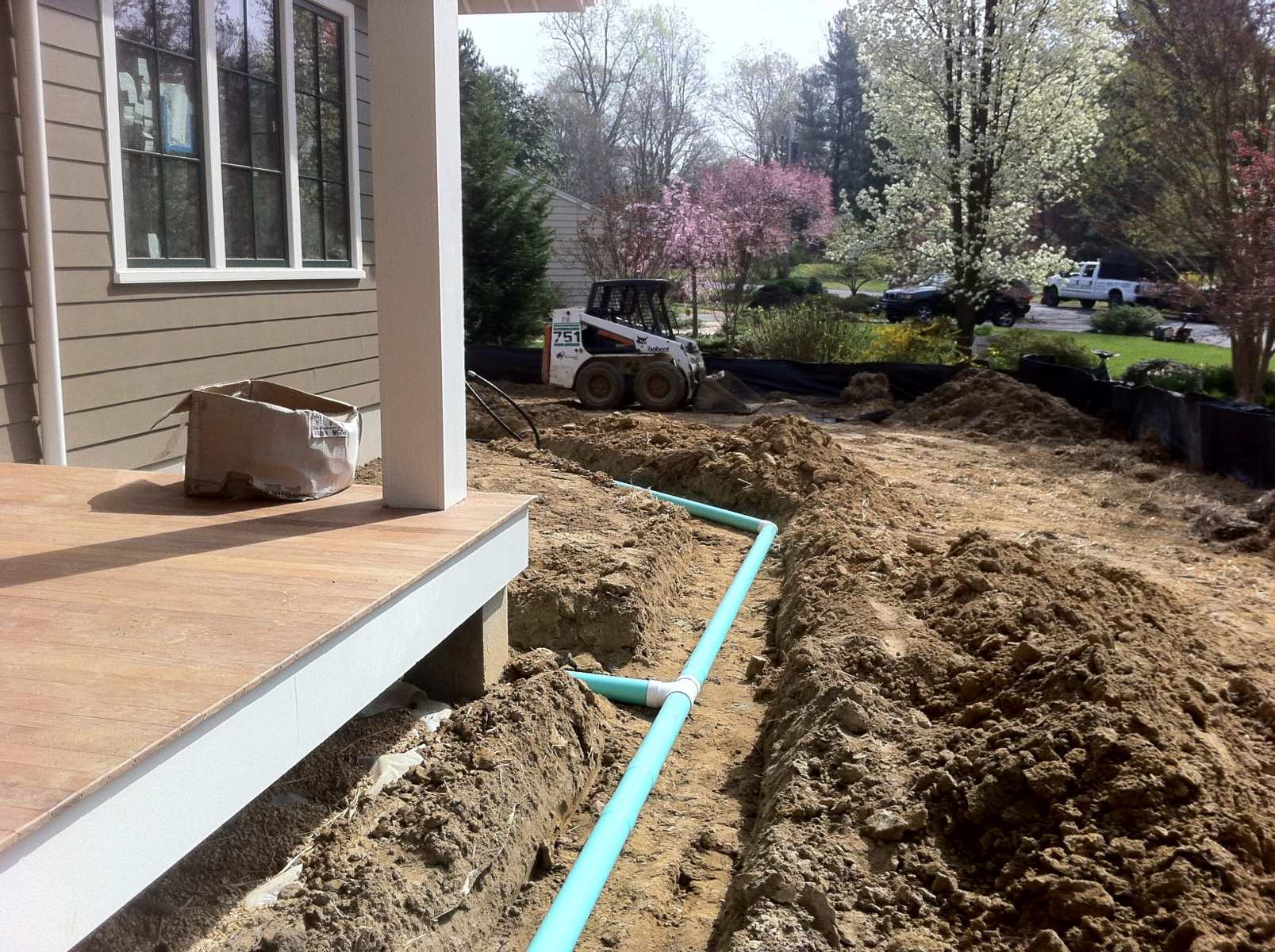
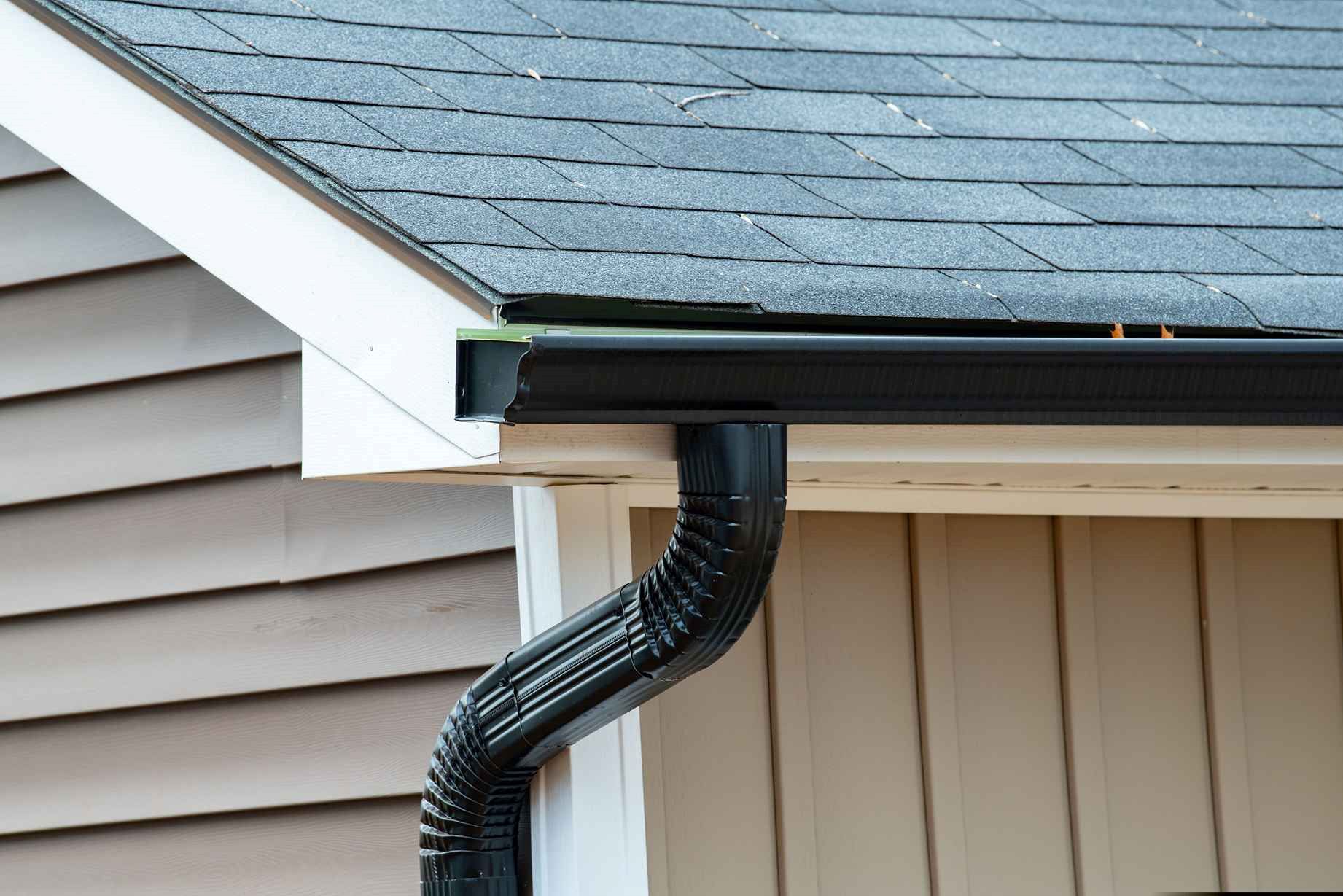
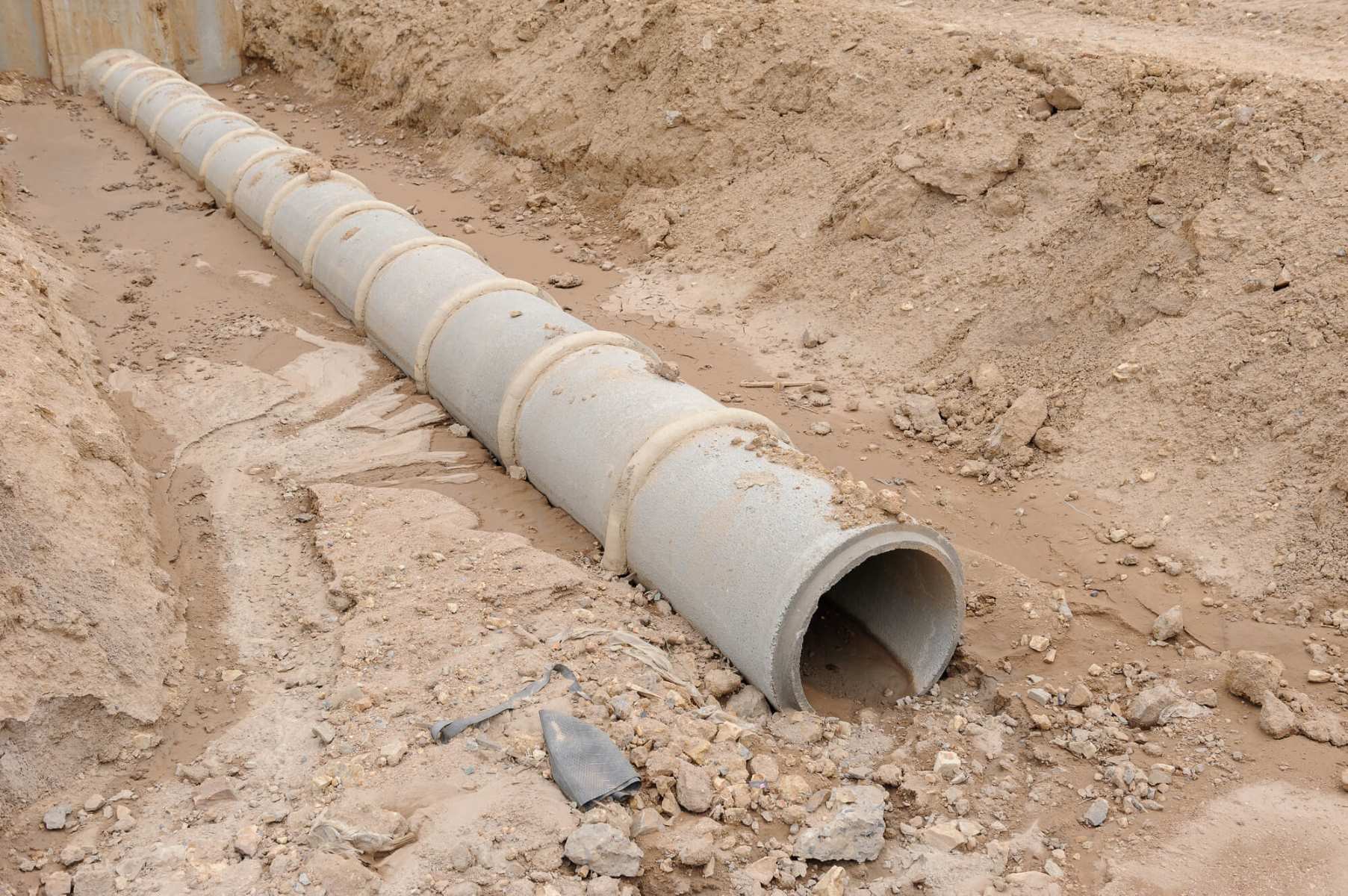
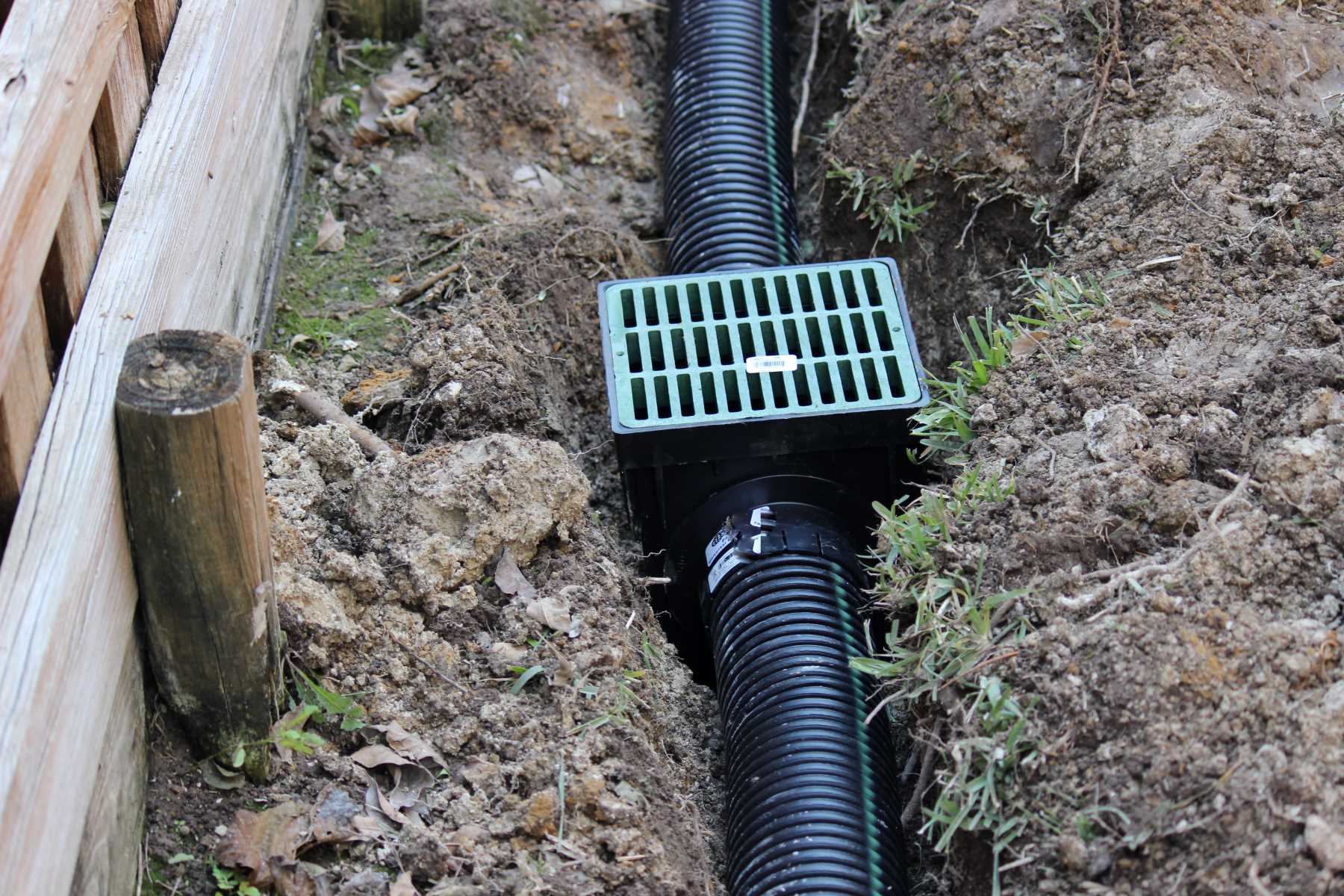
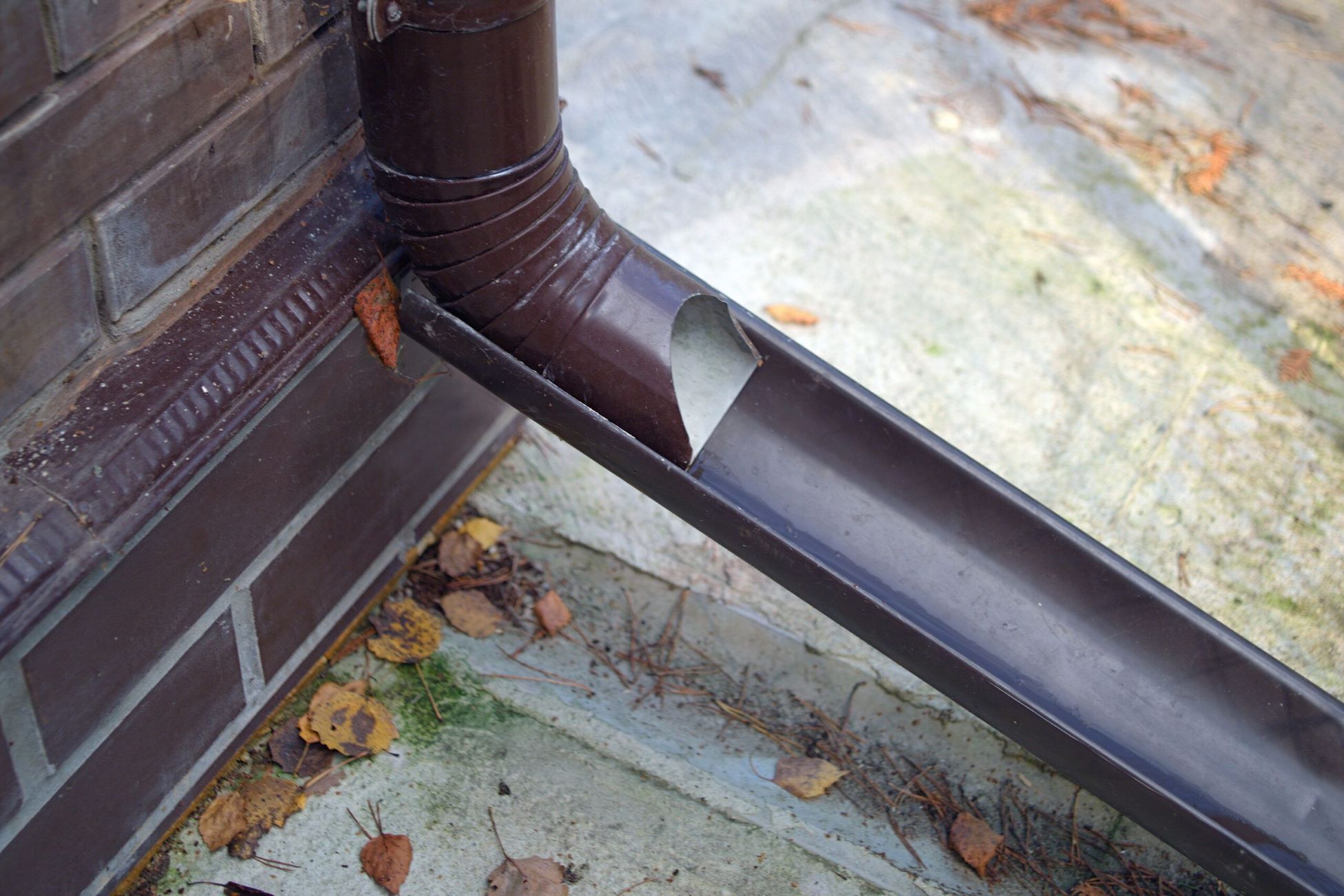

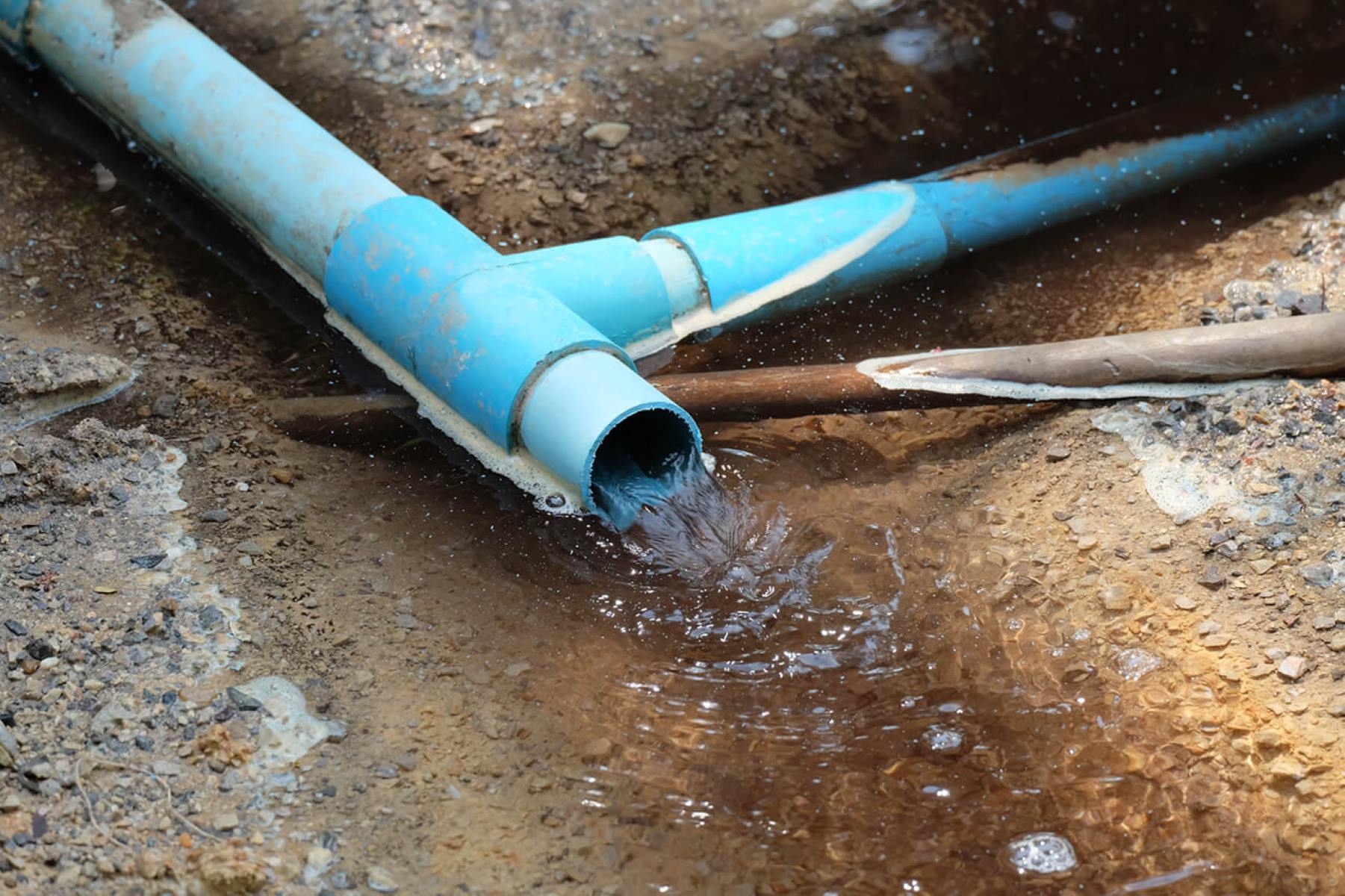
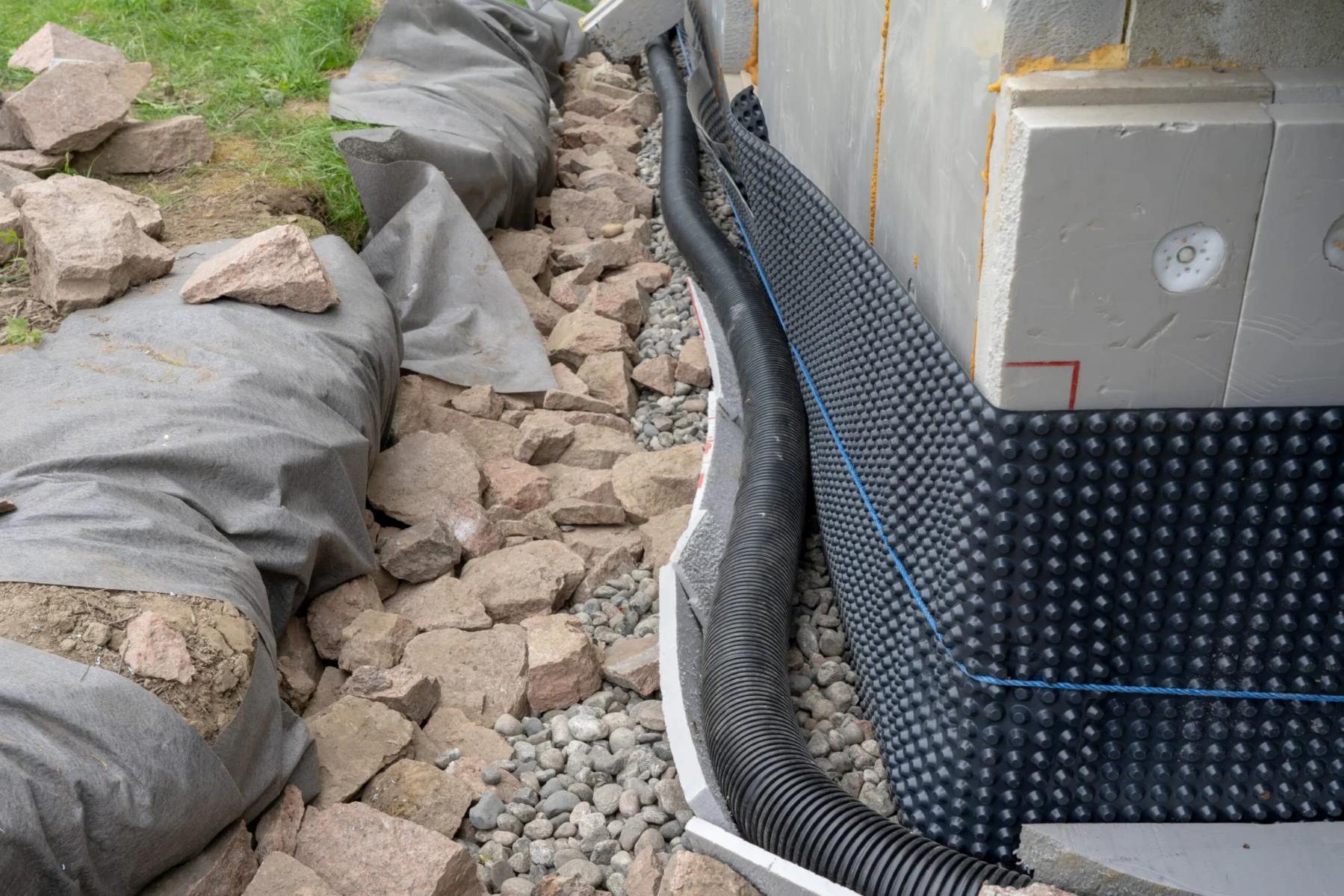
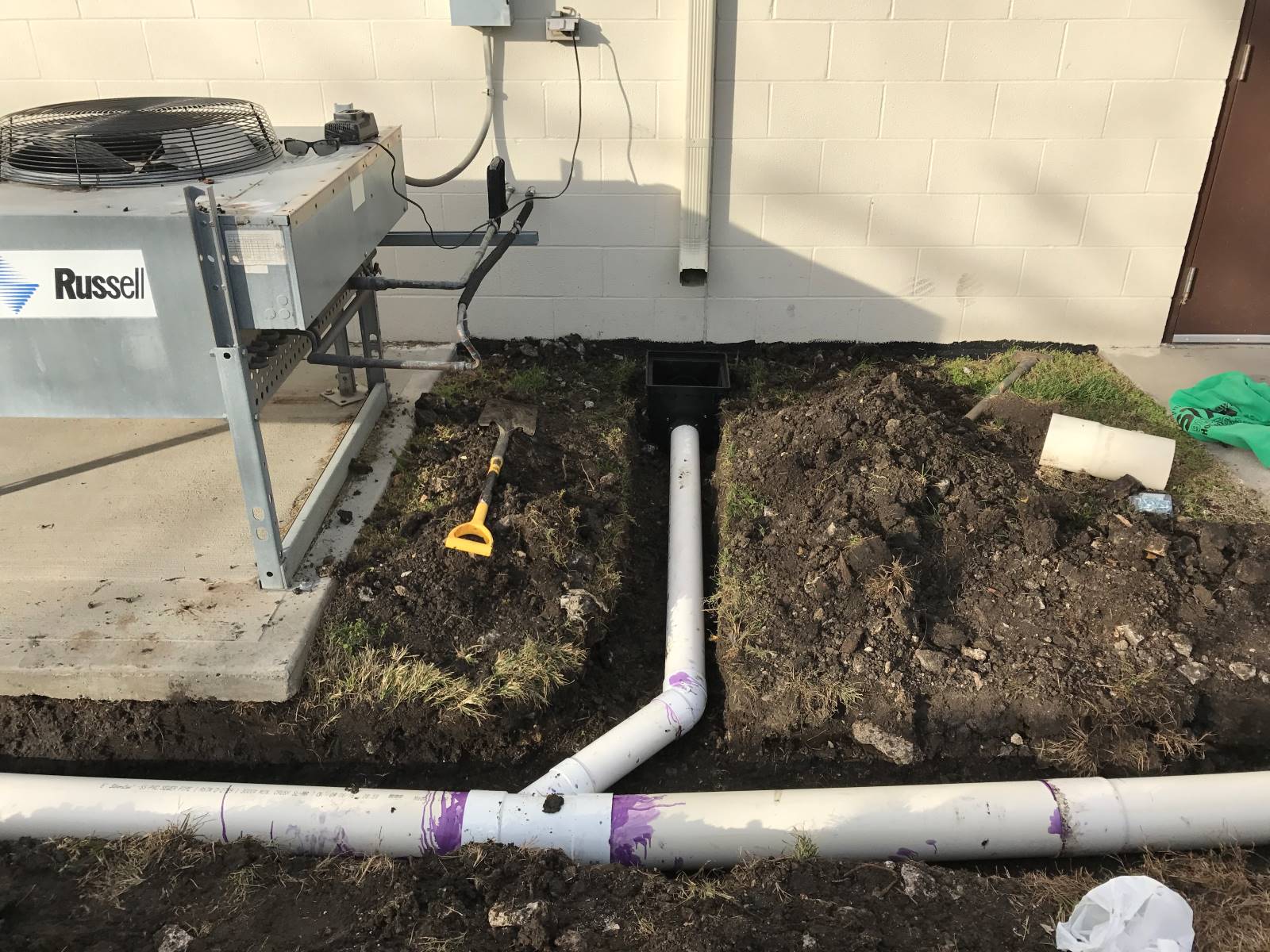
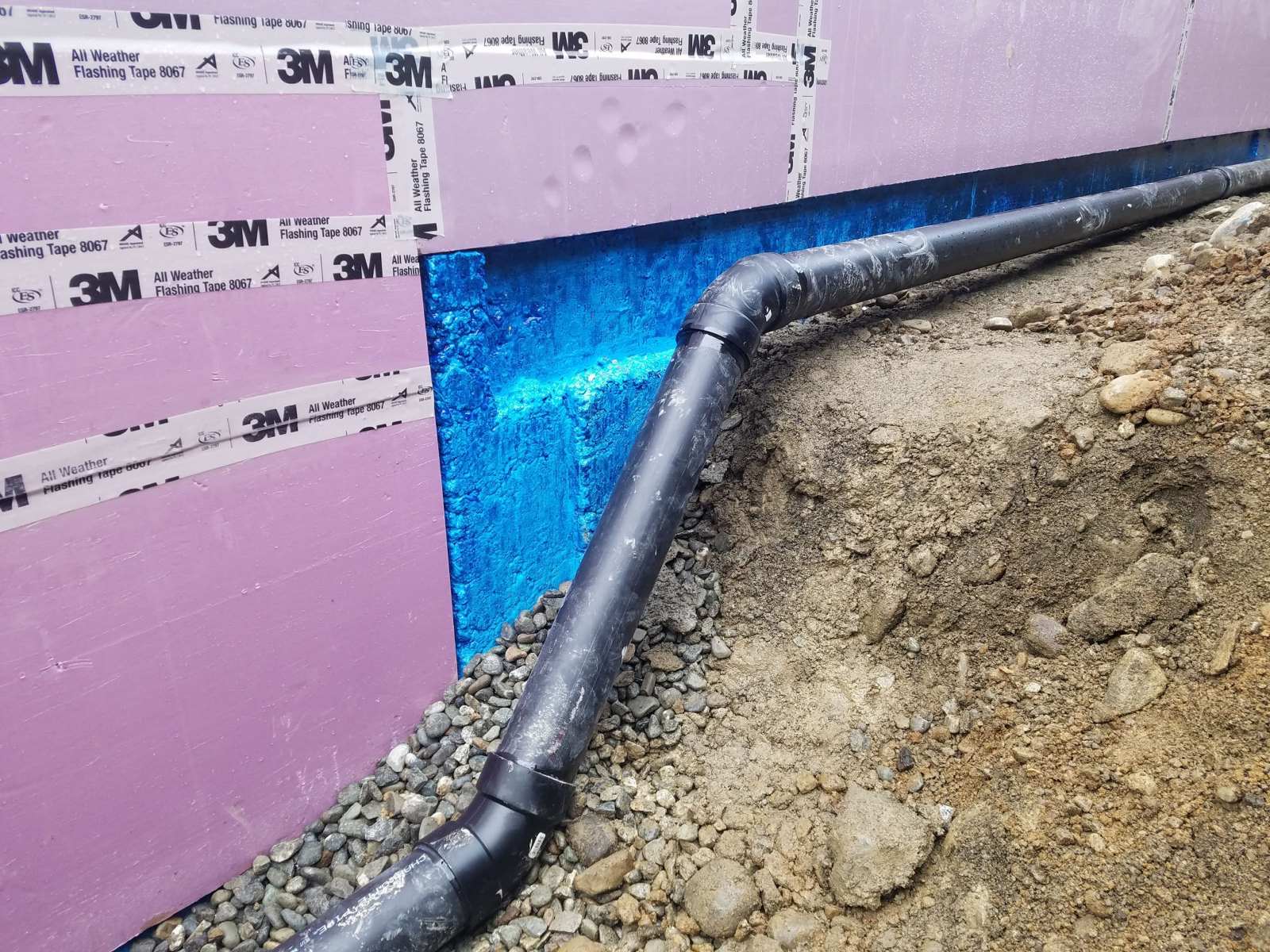

0 thoughts on “How To Find Drainage Tile From The House”